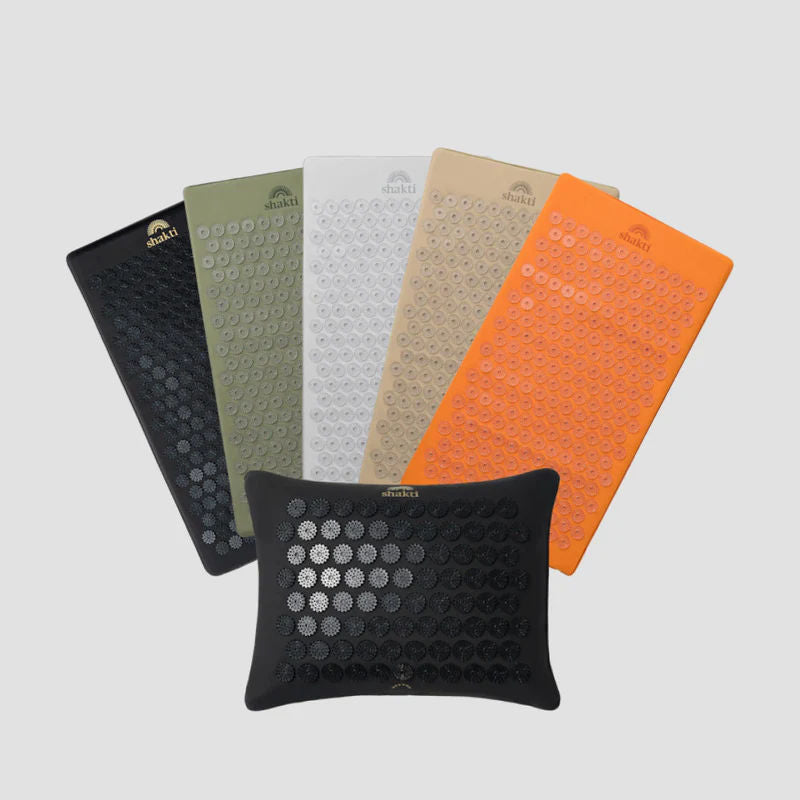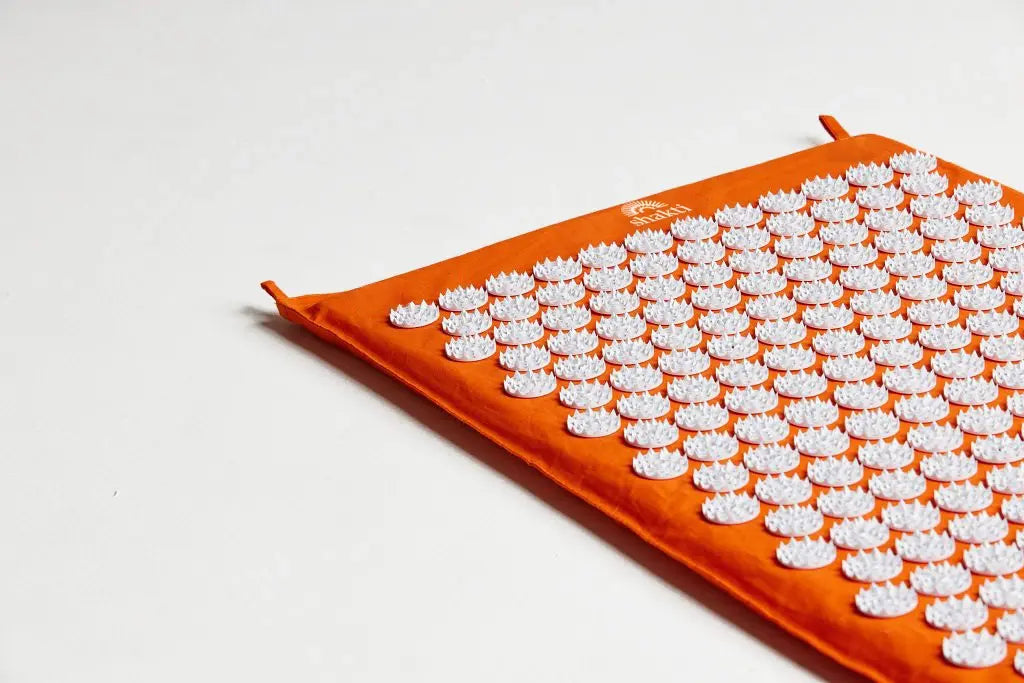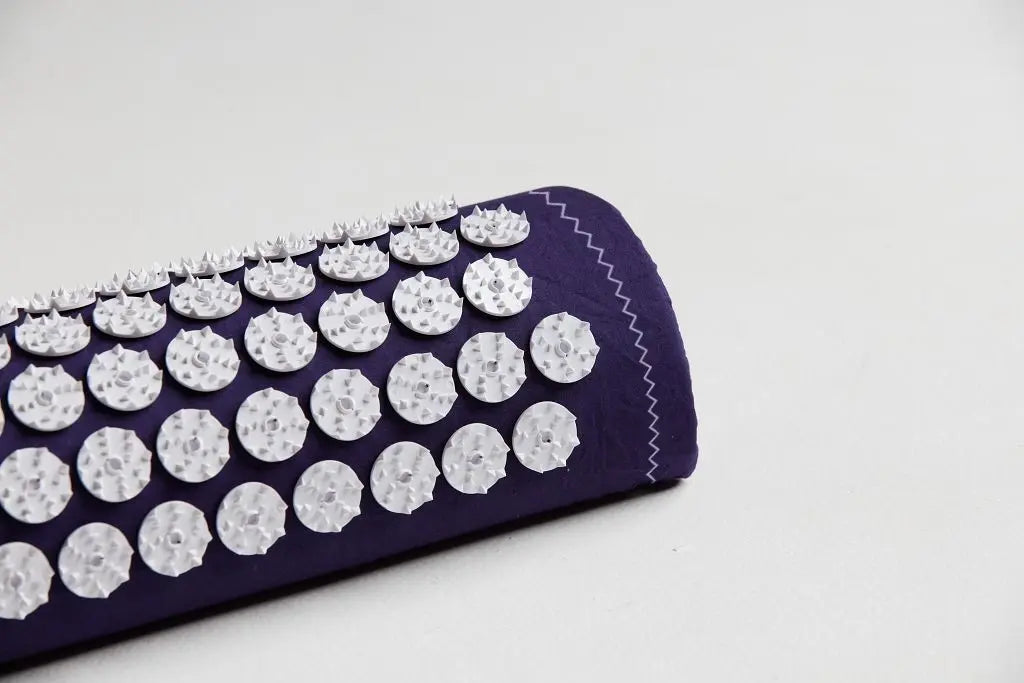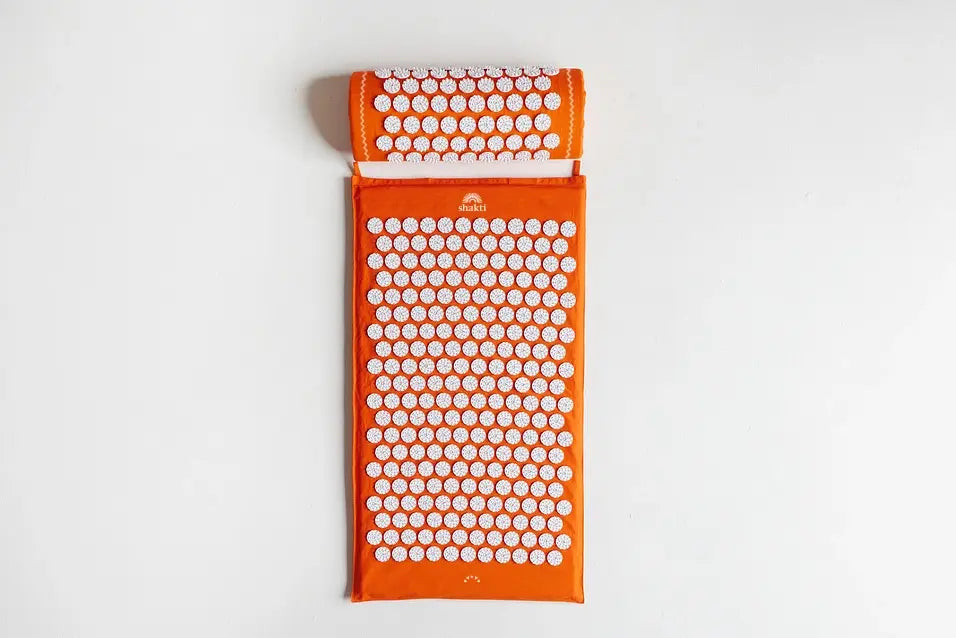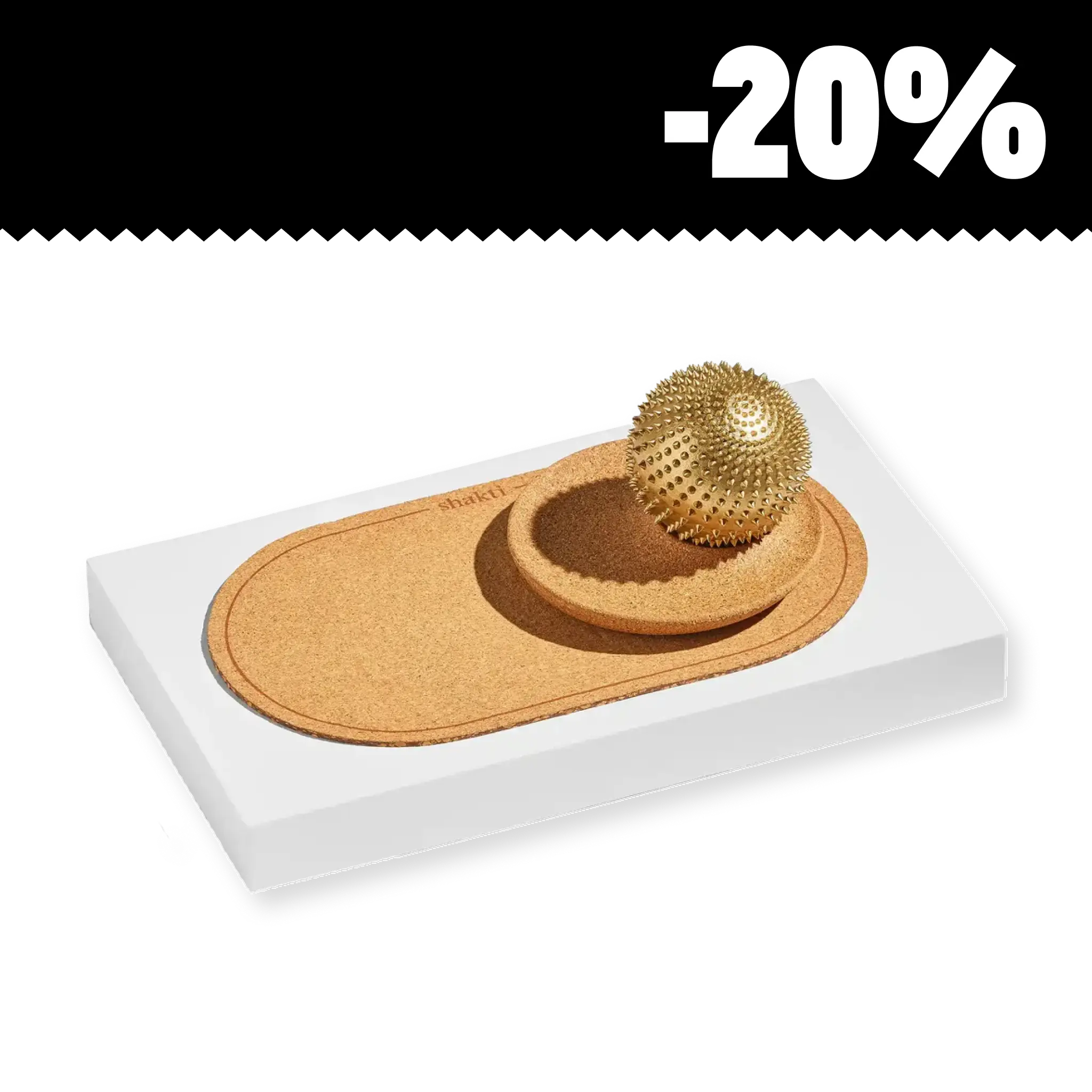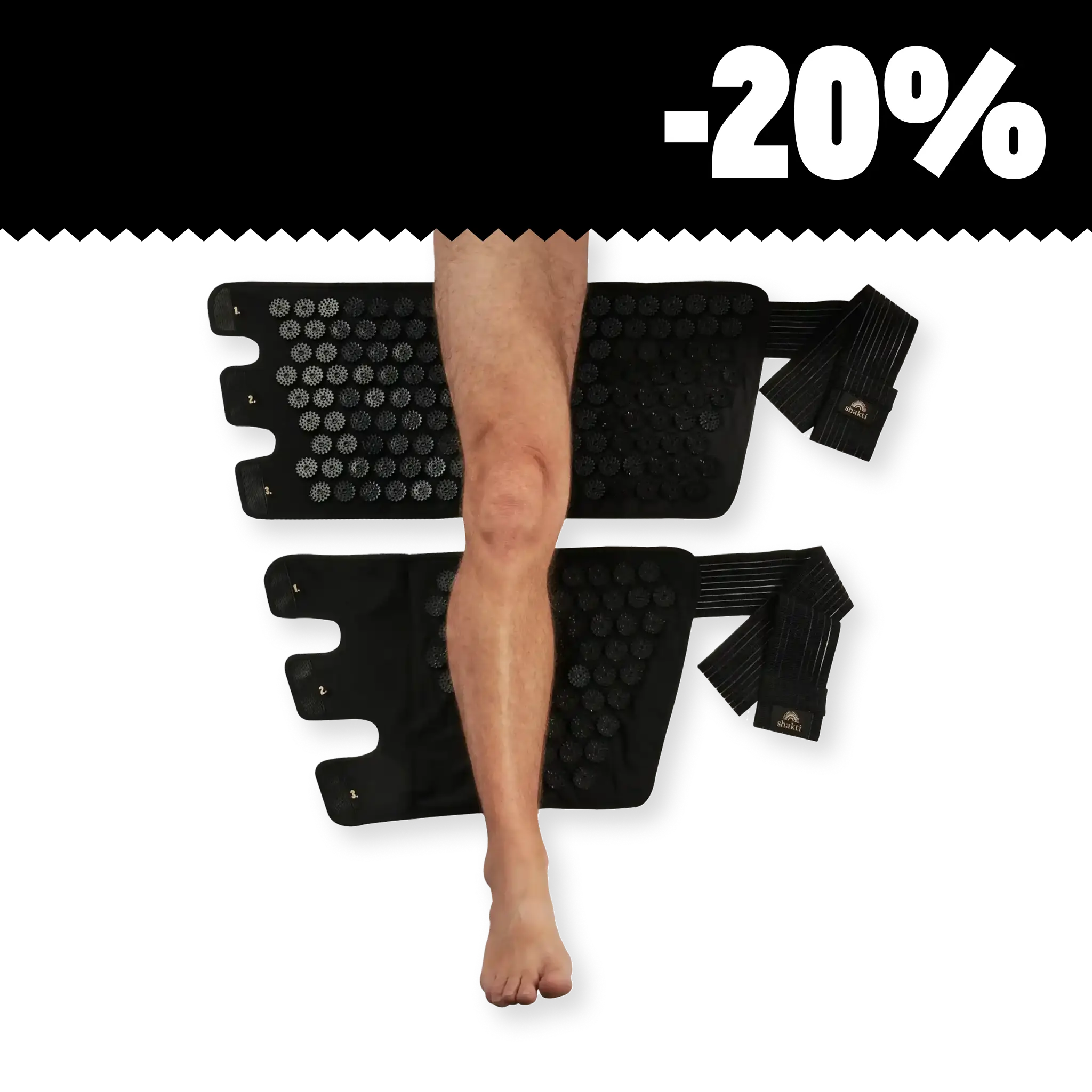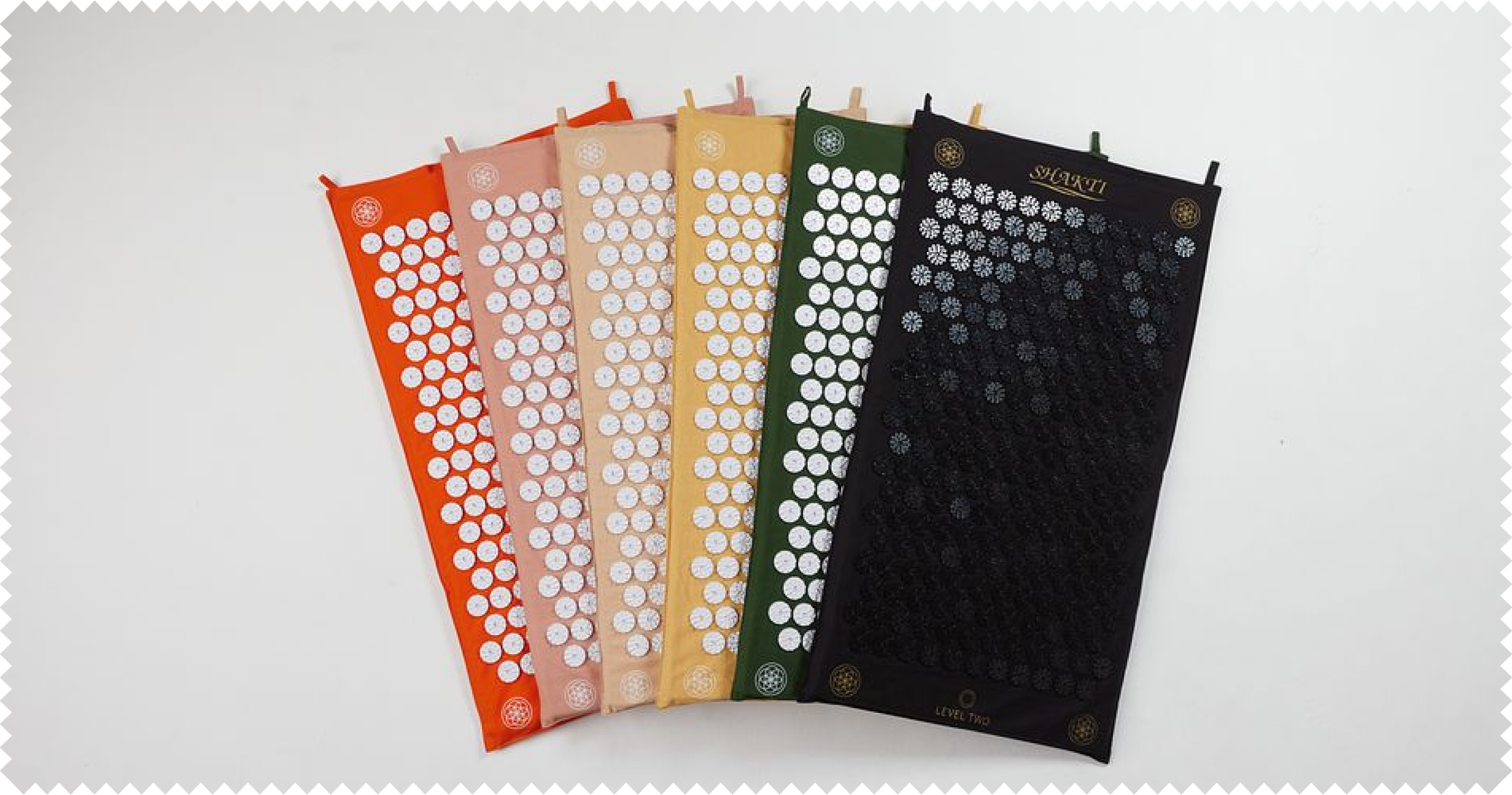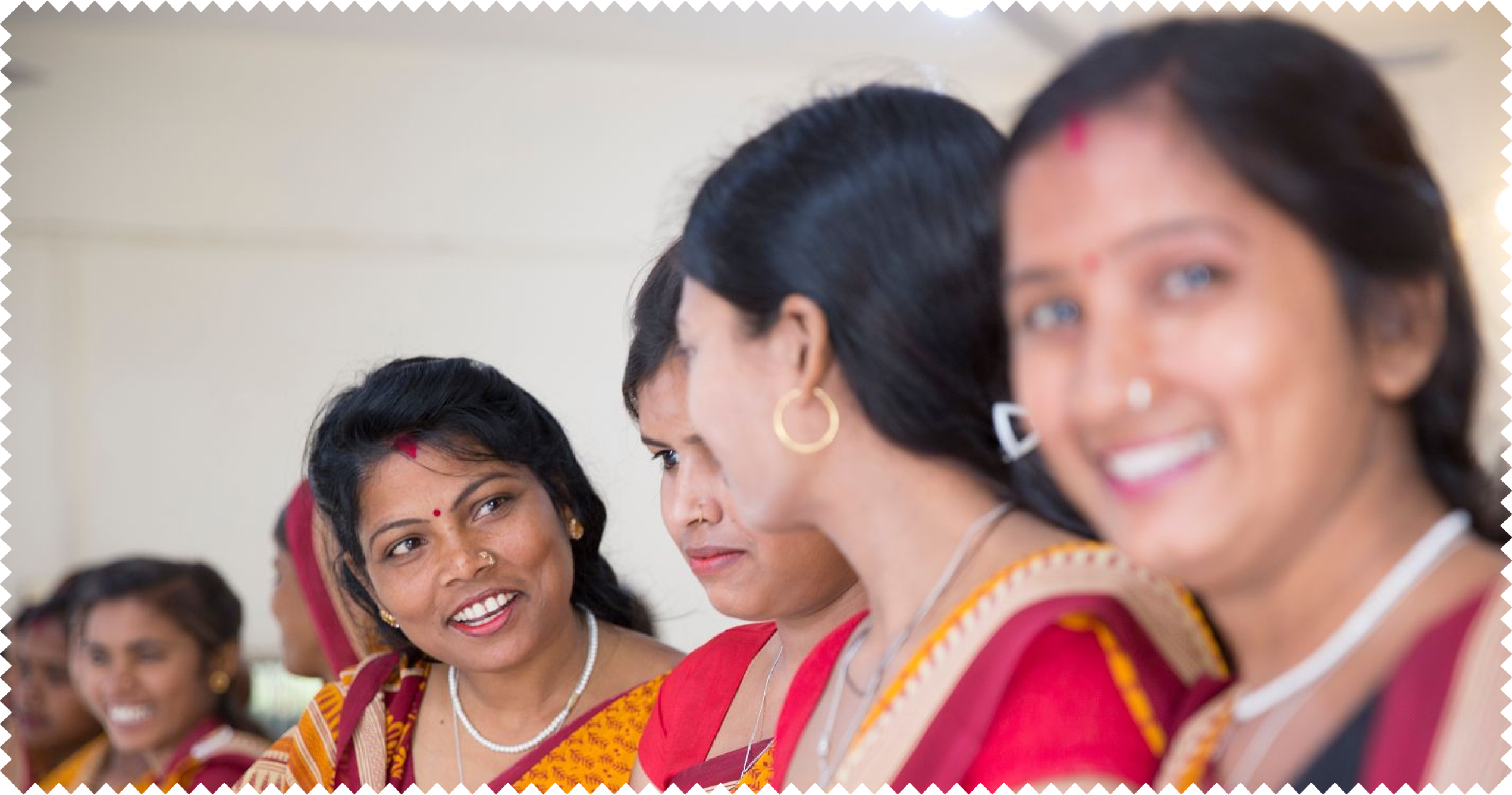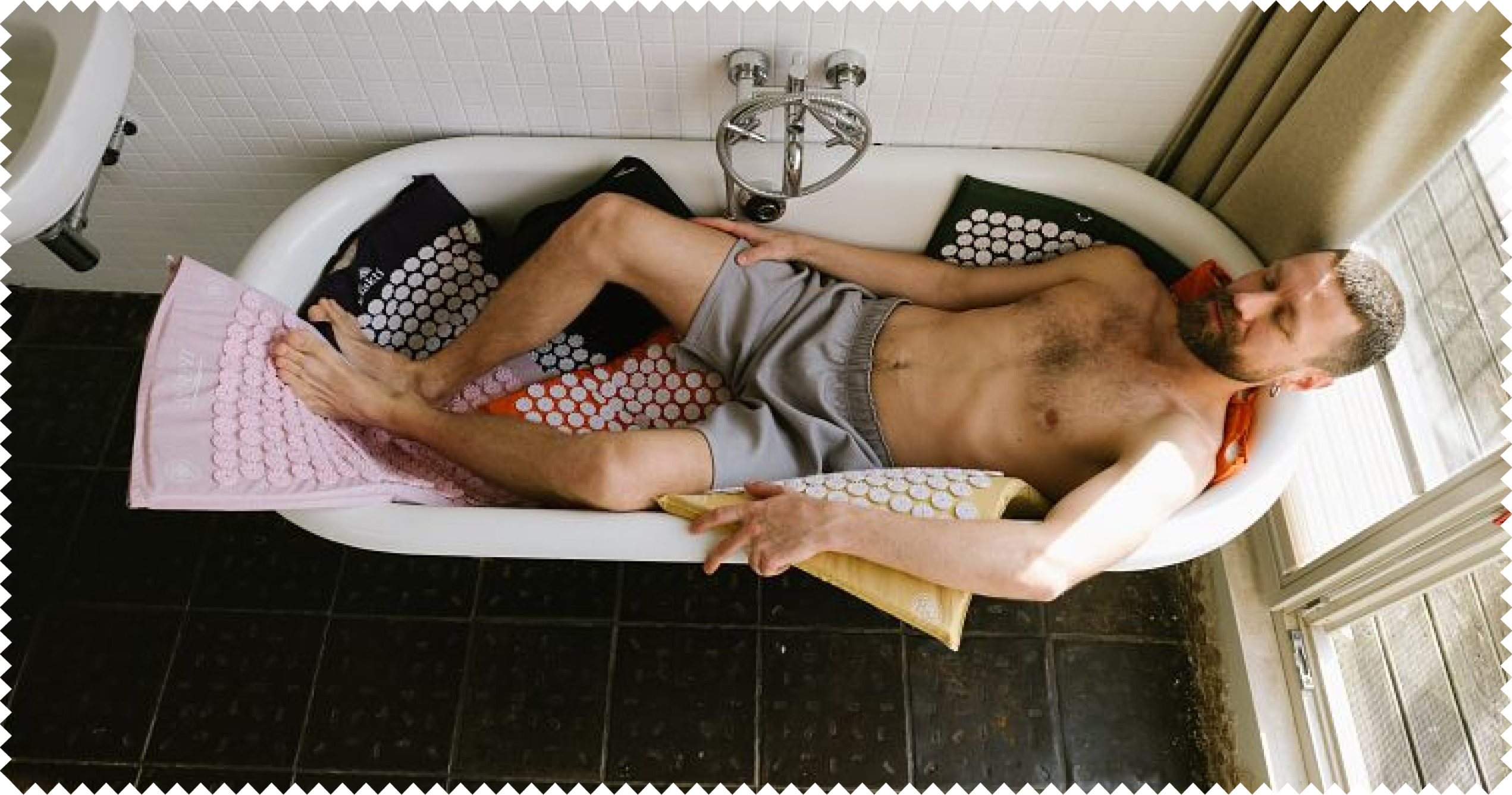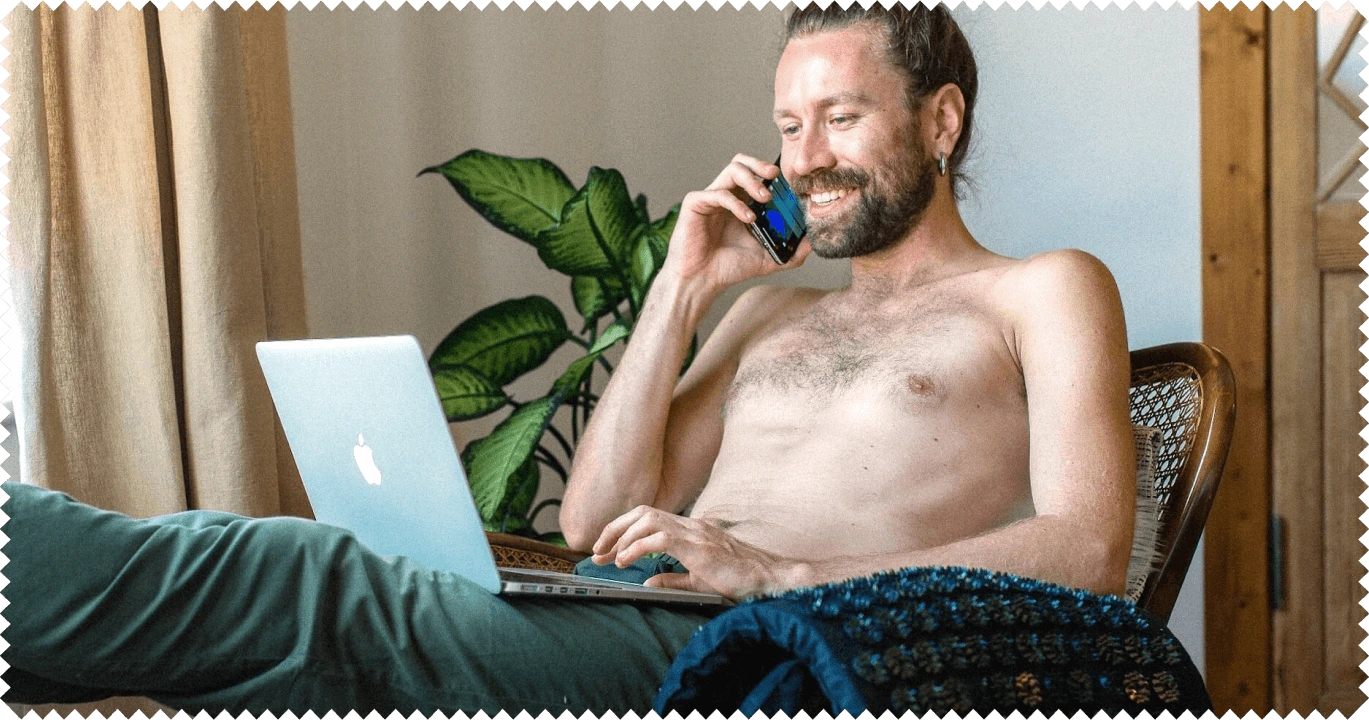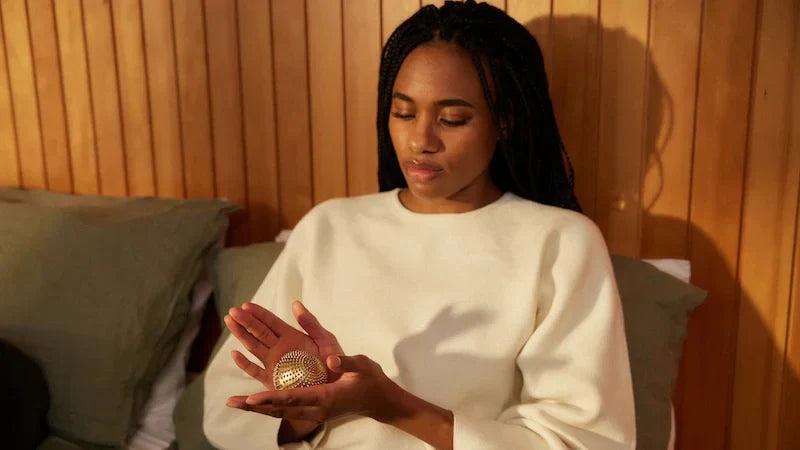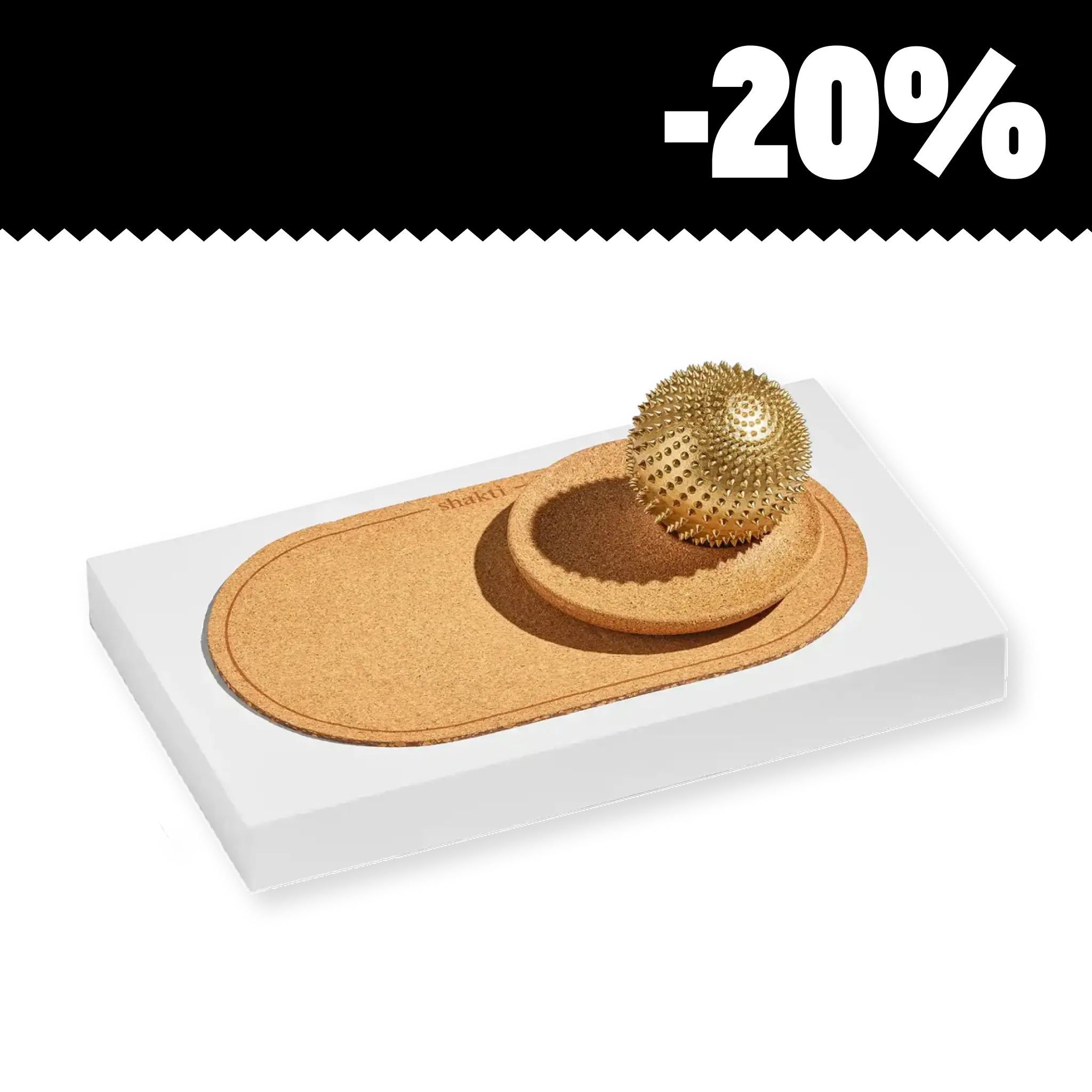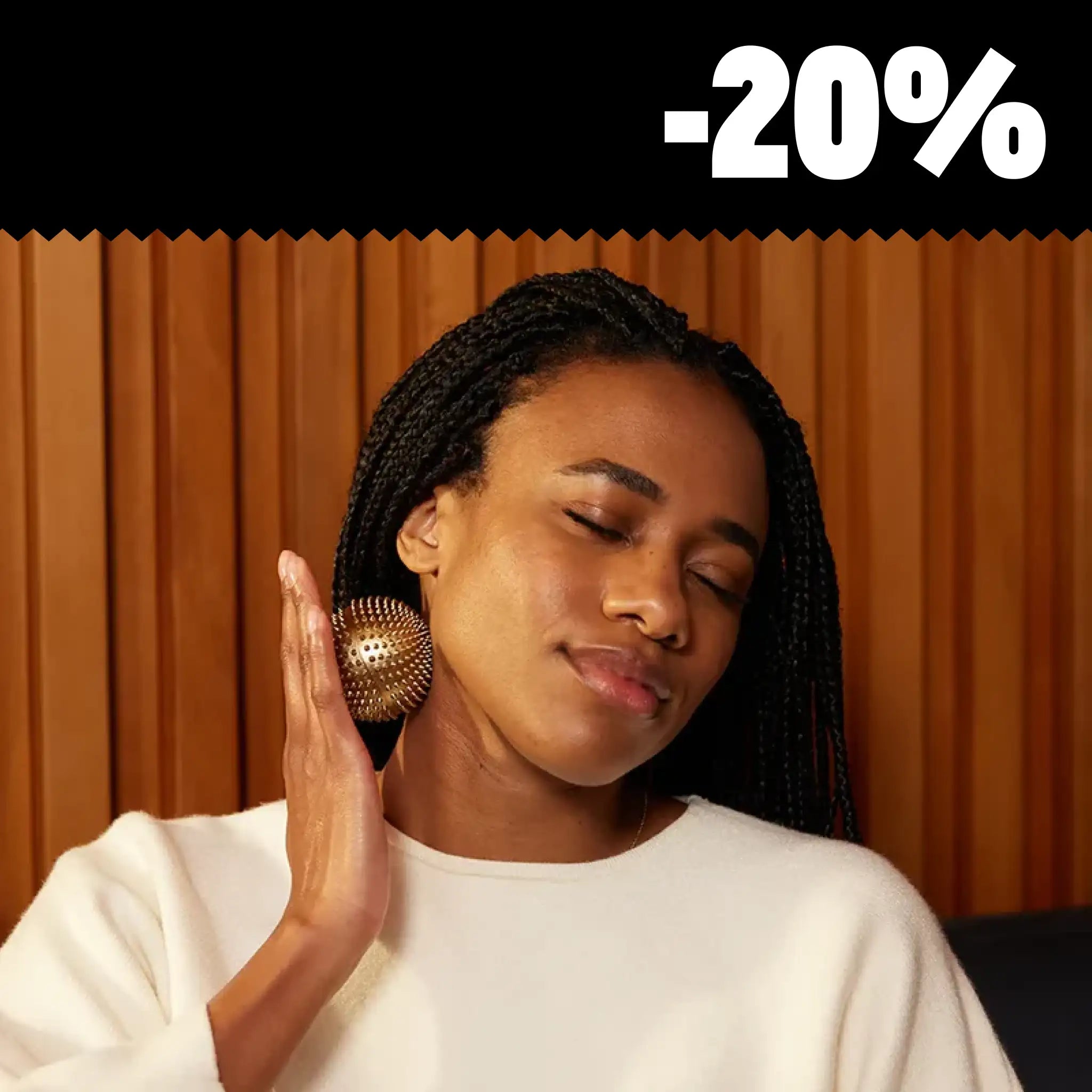You may have heard that certain points on the body are associated with internal organs or physical complaints. If a pressure point on the foot is supposed to relieve headaches or a touch on the back is supposed to calm the stomach, then we are talking about so-called reflex zones. But what is really behind this and is it not just a myth that targeted activation of these points can actually have an effect on internal organs? In this article, we shed some light on the subject and give you a concise overview of the most important reflex zones, how they work and how you can use them for yourself and your well-being.
Content
1 What are reflex zones anyway?
2 Overview of the most important reflex zones of the body
3 How does a reflexology massage work?
What are reflex zones anyway?
This is the name given to certain areas on the skin or directly under the surface of the skin that are connected to other organs or bodily functions via nerve connections. The idea behind it: Every part of your body is connected to a specific area in another place via so-called reflex pathways. If you apply targeted pressure to these points, this stimulus is transmitted via the pathways to deeper structures, where it can have a positive effect.
However, these correlations do not originate from conventional medicine, but from complementary disciplines. Traditional Chinese medicine has been working with pressure points and energetic pathways for thousands of years. In the western world, the concept was popularized by the American doctor William Fitzgerald at the beginning of the 20th century. He developed the so-called zone therapy, in which the body is divided into ten longitudinal zones that extend from head to toe.
It is important to note that reflexology does not trigger a "miracle cure". Instead, it gently supports your body's self-regulation.
The most important reflex zones of the body at a glance
The zones can be found in very different parts of the body:
- Hand reflex zones: The central organs of the body are reflected in the palms of the hands: the fingertips are connected to the head, sinuses and senses, the ball of the foot to the heart and lungs and the middle of the hand to the stomach, spleen and pancreas. Interestingly, the right hand is more associated with active, logical bodily processes, while the reflex zones on the left hand reflect emotional and intuitive aspects.
- Ear reflex zones: According to auriculotherapy, a special form of reflex zone therapy, the ear reflex zones form an image of the body in an inverted embryo position. Specific points on the auricle are stimulated. The earlobe stands for the head area, the edge of the ear for the spine and legs. All internal areas correspond to organs such as the heart, liver, stomach or bladder.
- Facial reflex zones: The zones along the forehead, nose, cheeks and chin are said to be connected to the respiratory tract, digestive organs or hormonal systems. For example, the zone between the eyebrows is often associated with the liver, the nostrils with the bronchi and the cheeks with the gastrointestinal tract. Reflex points on the temples or along the jaw muscles can have a supportive effect in cases of tension or headaches.
- Reflex zones on the back and spine: Some zones also run along the spine on the back. The so-called head zones are areas of skin that interact with internal organs. The upper back influences the heart and lungs, the middle area corresponds with the liver, gall bladder and stomach and the lumbar area with the intestines, kidneys and bladder.
- Reflex zones on the scalp: The scalp is also home to reflex points, particularly along the base of the skull and on the crown of the head. These are connected to the central nervous system, hormonal processes and mental performance.
- Knee reflex zone: Finally, there are also reflex zones around the knee that are often associated with the lower back, digestive tract or legs. Especially on the inside and slightly below the kneecap there are points which, according to traditional teachings, can influence the lymphatic system and blood circulation.
Foot reflexology points and their special significance
The feet are considered the mirror image of the body. Because the feet are furthest away from the head and many nerves end there, their stimulation has a particularly intensive effect on the autonomic nervous system, which controls many unconscious bodily functions such as breathing, digestion and circulation.
As with the hands, the reflex zones on the sole of the foot have a completely different effect on the left side than on the right.
-
Left foot reflex zones: harmony and intuition
The zones on the left foot are connected to the left side of the body. In many holistic teachings, this side is associated with emotions, creativity and inner perception. Stimulating these zones can therefore help you to promote mental balance, release tension and calm the nervous system. -
Right foot reflex zones: activity and structure
The right foot stands for the right side of the body - i.e. for logic, action and structure. If the corresponding reflex points are activated, this should support mental clarity, promote the ability to concentrate and gain new energy for everyday life.
How does a reflexology massage work?
You now know the most important pressure points on your body, but how can you target them? This is exactly where reflexology massage comes in. Pressure is applied to the points with varying intensity to trigger the desired reactions in the body. This can be done with your fingers, but also with a massage ball or an acupressure mat, for example.
How reflex points are used in acupressure
Acupressure is specifically about activating the reflex points in a gentle way. Unlike acupuncture, the stimulus is not provided by needles in the skin, but by applying manual pressure to the surface of the body. The aim is to rebalance the energy in the affected pathways in order to promote the natural flow of energy in the body.
Use the Shakti Mat specifically for your massage
The Shakti Mat acupressure mat is equipped with hundreds of fine acupressure points and is therefore ideal for stimulating large areas of reflex points on the body. You can simply stand on it barefoot for your feet. This will take some getting used to. Start with just a few minutes a day - for as long as you can stand it - and then slowly increase the duration. This will intensively stimulate the many nerve endings on the soles of your feet.
To activate the points on your back or neck, lie down on the mat so that the pressure is evenly distributed. This automatically reaches several important zones along the spine. You can also activate the hand reflex zones by pressing your palms lightly on the mat or moving them over it. Just try out what works for you.


